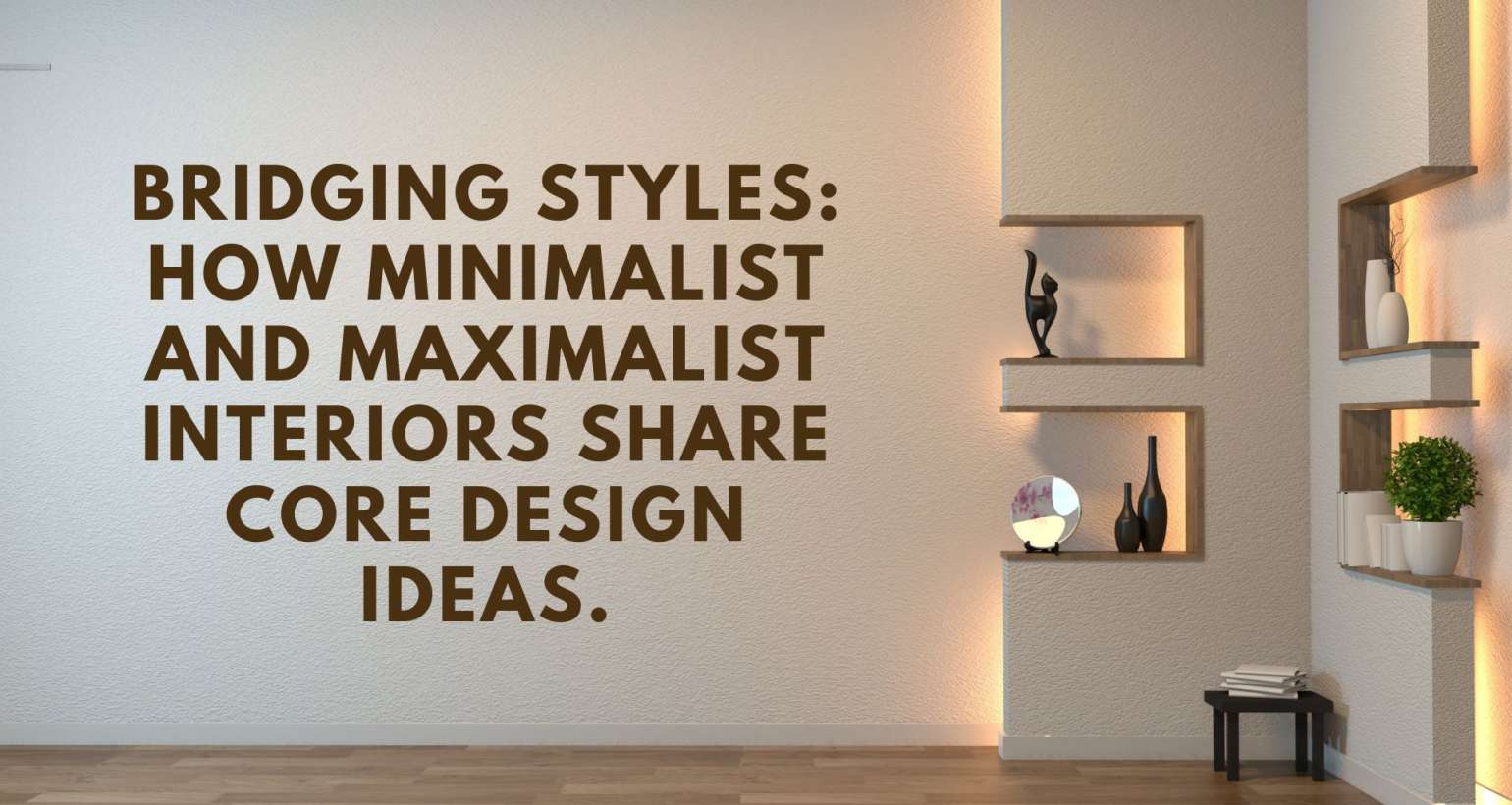Minimalism and maximalism are often seen as opposing design philosophies, since one celebrates simplicity and restraint, while the other embraces abundance and boldness. However, these contrasting styles share several core principles that can be harmoniously integrated to create spaces that are both aesthetically pleasing and functional.
Layering Decor
Both minimalist and maximalist designs utilize layering to add depth and interest to a space. In minimalism, this might involve layering textures like linen throws over a neutral-toned sofa, creating a sense of warmth without clutter. Maximalism takes layering further by combining various patterns, colors, and textures to create a rich, dynamic environment. Despite their differences, both approaches use layering to enhance the visual appeal of a room.
Decorative Rugs
Rugs serve as a unifying element in both design styles. In minimalist settings, a single, well-chosen rug can anchor the space, adding comfort and subtle style. In maximalist interiors, multiple rugs may be layered to introduce color, pattern, and texture, contributing to the room’s eclectic feel. Regardless of the approach, rugs play a crucial role in defining areas and adding personality to the space.
Incorporating Negative Space
Negative space, or the intentional use of empty areas, is a principle embraced by both styles. Minimalism often emphasizes negative space to create a sense of openness and tranquility. Maximalism, while more densely decorated, still utilizes negative space to prevent visual overload and to highlight key elements within the room. This balance ensures that the space feels curated and not chaotic.
Color and Pattern Integration
While minimalism typically favors a neutral color palette, and maximalism opts for bold, vibrant hues, both styles recognize the importance of color and pattern in setting the mood of a space. Minimalists might incorporate subtle patterns through textiles or artwork, while maximalists embrace a mix of patterns to create a lively atmosphere. Incorporating color thoughtfully can bridge the gap between these two styles, allowing for a cohesive and inviting environment.
Personal Expression
Both design philosophies value personal expression. Minimalism achieves this through carefully selected, meaningful pieces that reflect the individual’s taste without overwhelming the space. Maximalism allows for a more overt display of personality through a collection of items that tell a story. Incorporating personal elements in either style adds character and makes the space uniquely yours.
The Way Forward: Blending Minimalism and Maximalism
As interior design continues to evolve globally, the future lies in understanding how minimalism and maximalism can coexist. Designers are experimenting with layering decor thoughtfully, using decorative rugs to anchor spaces, and balancing negative space with statement pieces. By blending the calm, intentional nature of minimalism with the bold, expressive energy of maximalism, interiors can feel both tailored and lively. This approach not only respects timeless design principles but also encourages personal expression, making every space uniquely reflective of its inhabitants. For international students and design enthusiasts employing this balance offers endless possibilities to create harmonious, dynamic, and visually engaging interiors.
In Conclusion
While minimalism and maximalism may seem worlds apart, they share foundational design principles that, when thoughtfully combined, can create spaces that are both functional and expressive. By embracing layering, decorative rugs, negative space, color and pattern integration, and personal expression, you can design interiors that reflect your unique style and meet your practical needs.

